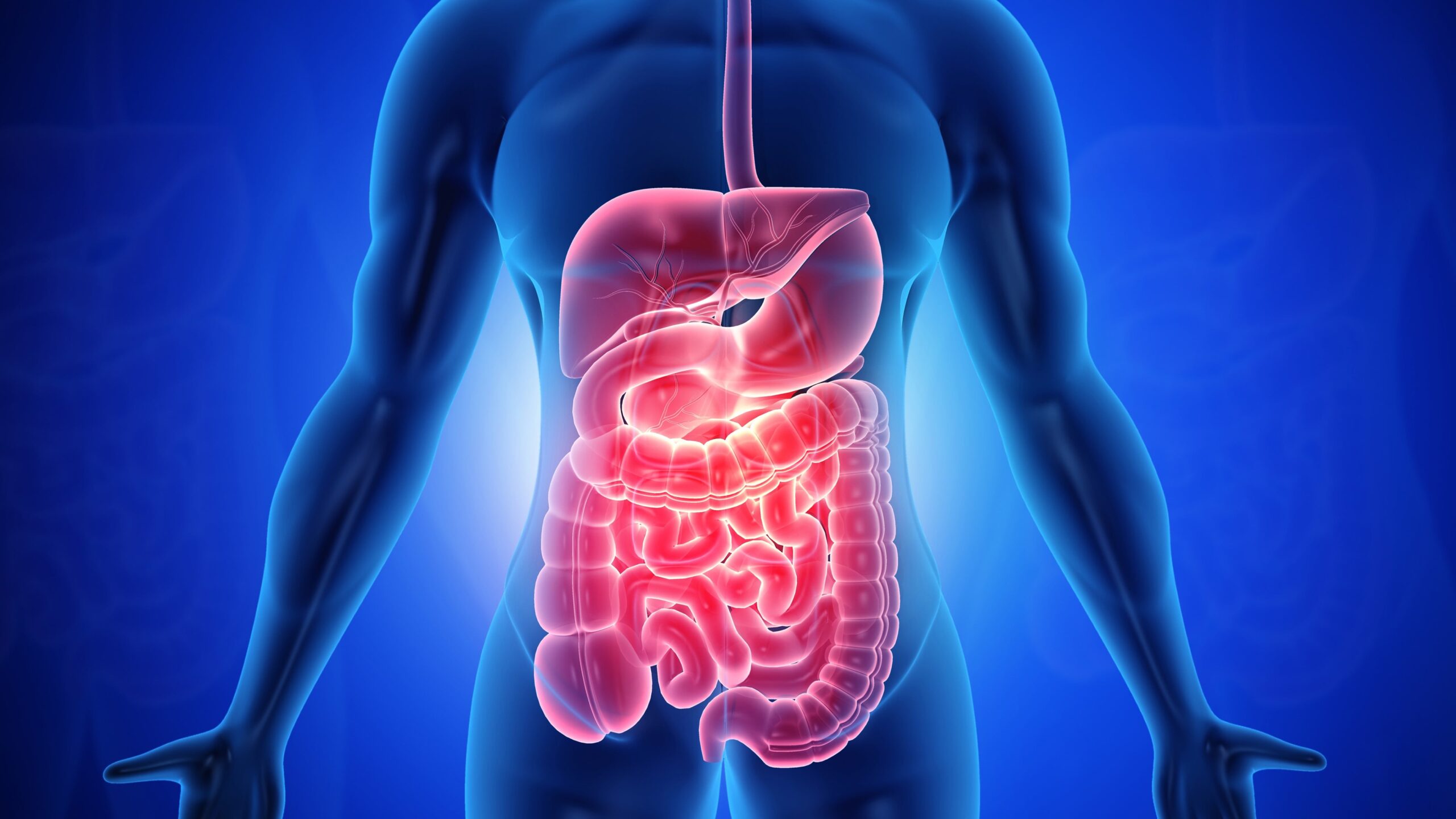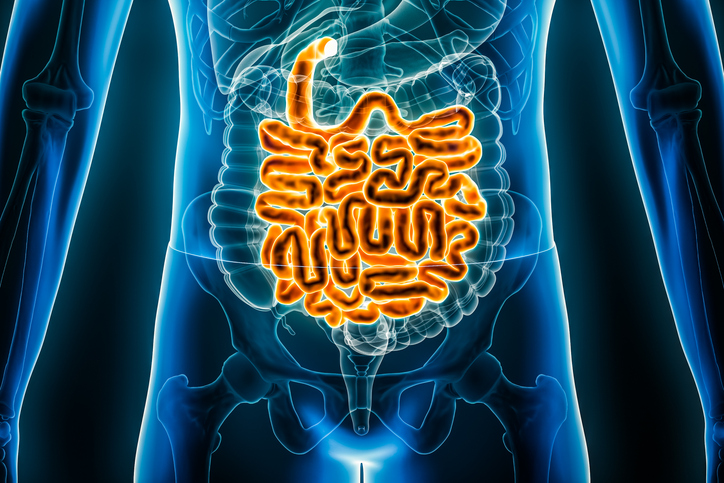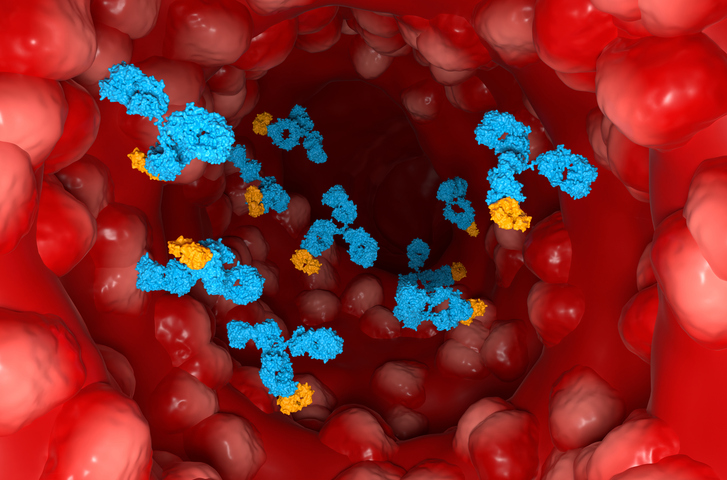
Hypofractionated radiotherapy (RT) can shorten the duration of a patient’s treatment course by utilizing fewer treatments at higher doses, but the procedure may result in more side effects.
The randomized, clinical NRG-GU003 trial by Mark K. Buyyounouski, MD, MS, and colleagues examined the outcomes of patients with prostate cancer who underwent hypofractionated postprostatectomy radiotherapy (HYPORT) or conventionally fractionated postprostatectomy radiotherapy (COPORT) to determine if HYPORT is noninferior to COPORT regarding patient-reported genitourinary (GU) and gastrointestinal (GI) symptoms.
The phase 3 trial recruited 296 postprostatectomy patients between June 2017 and July 2018 who had a detectable prostate-specific antigen (PSA) level ≥0.1 ng/mL with pT2/3pNX/0 disease, or an undetectable PSA <0.1 ng/mL with either pT3 disease or pT2 disease with a positive surgical margin.
Patients were randomized to receive either 62.5 Gy in 25 fractions (HYPORT) or 66.6 Gy in 37 fractions (COPORT). Primary end points included 2-year change in score from baseline for both the bowel and urinary domains of the Expanded Prostate Cancer Composite Index questionnaire. Secondary end points included a comparison between treatment arms of freedom from biochemical failure, time to progression, distant metastasis, and overall survival, among others.
A total of 144 patients were placed in the HYPORT treatment group, and 152 received COPORT. The median patient age was 65 years. At the conclusion of RT, the difference between the mean GU change scores among both treatment arms was not clinically or statistically significant and remained the same at 6 and 12 months. However, the mean GI change scores in both arms were each clinically significant and different in statistical significance (−15.52 [18.43] and −7.06 [12.78], respectively; P<.001). These differences between the HYPORT and COPORT mean GI change scores were resolved at 6 and 12 months.
The 24-month differences in the mean GU and GI change scores for the HYPORT treatment arm were noninferior to the COPORT arm through noninferiority margins of −5 and −6, respectively, demonstrating that the hypothesis of inferiority was null (mean [SD] GU score: HYPORT, −5.01 [15.10] and COPORT, −4.07 [14.67]; P=.005; mean [SD] GI score: HYPORT, −4.17 [10.97] and COPORT, −1.41 [8.32]; P=.02). With a median follow-up for censored patients of 2.1 years, there was no difference between HYPORT and COPORT for biochemical failure, defined as a PSA of 0.4 ng/mL or higher and rising (2-year rate, 12% vs 8%; P=.28).
While HYPORT was linked to a higher occurrence of patient-reported GI toxic effects compared with COPORT, both groups recovered to baseline levels within 6 months. At 2 years, HYPORT was found to be noninferior to COPORT regarding patient-reported GU or GI toxic side effects, demonstrating that HYPORT can act as an acceptable practice for patients undergoing postprostatectomy radiotherapy.







 © 2025 Mashup Media, LLC, a Formedics Property. All Rights Reserved.
© 2025 Mashup Media, LLC, a Formedics Property. All Rights Reserved.